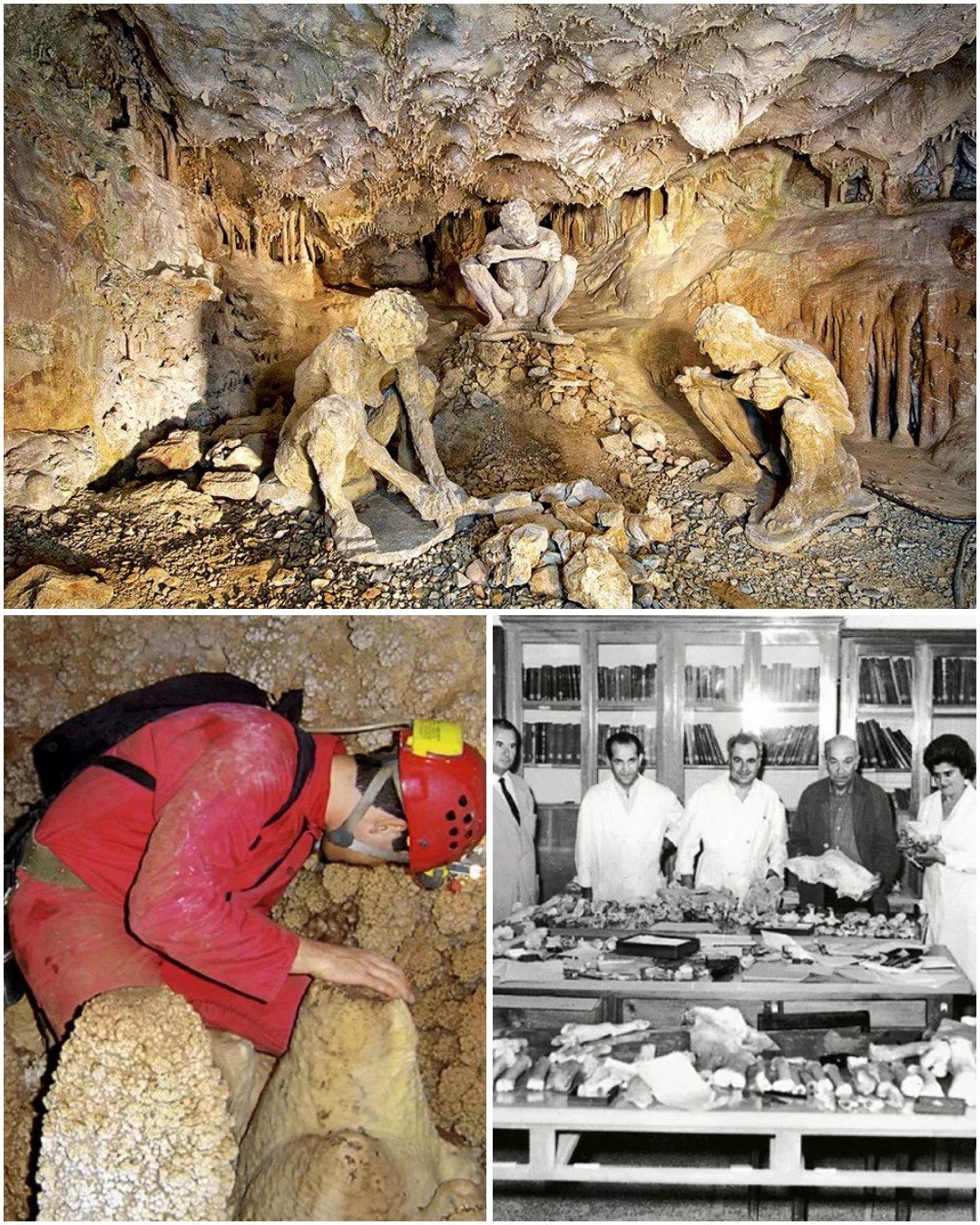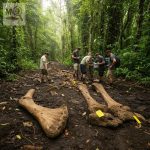700,000-Year-Old Skull in Greece — A Puzzle to Human History

Deep beneath the limestone cliffs of Greece, a discovery has emerged that could rewrite everything we know about human origins. Archaeologists have reportedly unearthed a 700,000-year-old human skull in one of the country’s prehistoric caves — a relic so ancient, so enigmatic, that it threatens to overturn the very timeline of evolution as we understand it.
If verified, this remarkable find could redefine humanity’s earliest migration patterns, challenging the dominant “Out of Africa” model and opening a new chapter in the story of how — and where — we became human.
A Skull That Defies Convention

The fossil was found embedded in mineral-rich sediment, its preservation described as “extraordinary.” Initial scans suggest that the skull’s shape does not correspond precisely to Homo erectus, Homo heidelbergensis, or any other known lineage. Instead, it exhibits a hybrid morphology — a blend of traits never before observed in Europe’s fossil record.
This combination has ignited a firestorm among anthropologists. If this specimen indeed dates back 700,000 years, it would push the known presence of human-like species in Europe hundreds of thousands of years earlier than current theories allow. Such a revelation would suggest that hominins — early humans or close relatives — might have evolved or arrived in Europe far earlier, perhaps through migration corridors long lost to time.
Challenging the “Out of Africa” Paradigm
For decades, the prevailing model of human evolution has held that early Homo species originated exclusively in Africa before gradually dispersing into Eurasia. The Greek skull, however, may tell a different story — one of parallel evolution or forgotten migration.
Could Europe have been home to a separate branch of humanity, evolving in isolation while their African counterparts followed a different path? Or did small, nomadic populations move in and out of the continent through shifting land bridges and climatic windows?
If confirmed, this find would compel scientists to rethink the geography of human evolution, expanding its scope beyond Africa to include the ancient landscapes of southeastern Europe as a possible cradle of early human development.

A Window Into Deep Time
The skull’s discovery site — a cave system that has already yielded Paleolithic artifacts — may provide critical context. Traces of ancient fauna, charred sediment, and primitive tools could offer clues about the environment and behavior of the being who once carried that brain.
For researchers, each fossil fragment is a whisper from the deep past, and this one seems to speak of a story far more complex than linear descent. Humanity, it appears, may not have walked a single path, but many — some converging, others lost beneath millennia of stone and silence.
Rewriting the Human Story
As dating analyses and peer reviews proceed, the world watches with anticipation. Whether this skull represents a missing link, a parallel species, or an unrecorded chapter in evolution, its significance is undeniable.
This ancient face from Greece forces us to confront the vastness of our own story — one not confined to borders, continents, or theories. It is a reminder that the past is still alive beneath our feet, waiting to reveal who we truly are — and where we truly began.











